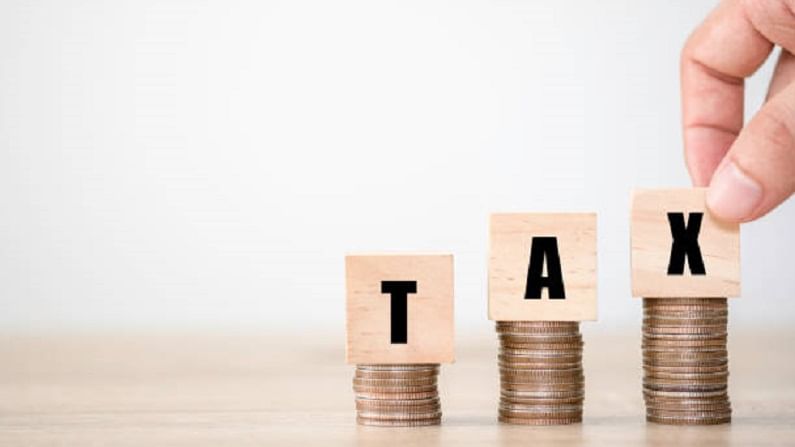Rise in Tax collection indicates brighter economic future: Experts
During the corresponding period of FY 2019-22, the pre-Covid year, the direct tax collection was Rs 4.4 trillion

The direct tax collection of the Central government after refunds grew 73% YoY, crossing the halfway mark of the Budget Estimates for FY22 by September 16. This was achieved on the back of a healthy advance tax collection for the second quarter and a lower refund outgo.
The Budget estimate for the revenue from direct taxes in the current financial year is Rs 11.08 trillion. During the corresponding period of FY 2019-22, the pre-Covid year, the direct tax collection was Rs 4.4 trillion.
Rising revenue collection
The revenue collected rose by 28% over the same period compared to 2019-20, suggesting a healthier economic recovery after the second wave of novel Coronavirus compared to the economic activity during the first quarter, the Business Standard reported. The revenue collection was registered at Rs 5.66 trillion against Rs 3.28 trillion last year after the second instalment of advance tax was paid.
The newspaper quoted Devendra Kumar Pant, chief economist, India Ratings, as saying that after many years the budget proposals regarding tax collections seemed realistic and even after the Budget presentation, our analysis suggested that the government will be able to meet its revenue receipt forecast. It is only disinvestment and expenditure which will lead to fiscal slippage.”
He said that the tax collection performance in the current financial year compared to FY20 is ‘commendable’. Pant added that while growth in direct tax collection suggests that the economic recovery is getting stronger, though some sectors are still in trouble. It will be too early to infer that the economy is out of trouble, the report mentioned.
The business daily reported that collection before refunds were up by 47%, at Rs 6.4 million, against that of last year but it was still 18% lower than that of FY 19-20. Refunds were registered at Rs 74,000 crore against last year’s Rs 1.06 trillion or FY 2019-20’s Rs 1.01 trillion.
Experts still cautious
The financial daily quoted Aditi Nayar, chief economist at ICRA, saying that the substantial increase in direct tax collection was at odds with non-agricultural GVA (gross value added) in the first quarter of FY 2022 relative to the first quarter of FY 2020, both in real and nominal terms.
“The formal/tax-paying portion of the non-agri economy has gained market share at the cost of the balance, benefitting from the structural shifts generated by demonetisation, GST as well as the Covid shock,” said Nayar.
Most robust growth in tax collection was registered in Bengaluru, Delhi, and Chennai, which posted growth of 52%, 63% and 75% respectively. Officials said the healthier tax collection was due to a robust economic outlook this fiscal year, and because of better compliance and enforcement due to the sharing of the goods and services tax data with the Central Board of Direct Taxes (CBDT). Financial experts said that the country’s healthy exports coupled with cost-cutting by companies were the driving factors behind the surge in direct taxes.
India’s merchandise exports last month grew by 45.17% at $33.14 billion over the same period in 2020.
Download Money9 App for the latest updates on Personal Finance.
Related
- सरकार ने GST दरों में कमी के बाद पैकेजिंग नियमों को आसान बनाया
- GST दर सुधार पर परिषद की बैठक शुरू, तेदेपा का समर्थन, विपक्षी दलों ने राजस्व संरक्षण की मांग की
- एससीओ शिखर सम्मेलन में विकास बैंक की स्थापना को मंजूरी: चीनी विदेश मंत्री
- फिच रेटिंग्स ने भारत की साख को स्थिर परिदृश्य के साथ ‘बीबीबी’ पर रखा बरकरार
- कृषि, ग्रामीण श्रमिकों के लिए खुदरा मुद्रास्फीति जुलाई में घटकर 0.77 प्रतिशत एवं 1.01 प्रतिशत
- मंत्रिसमूह ने केंद्र के दो GST स्लैब के प्रस्ताव को स्वीकार किया

